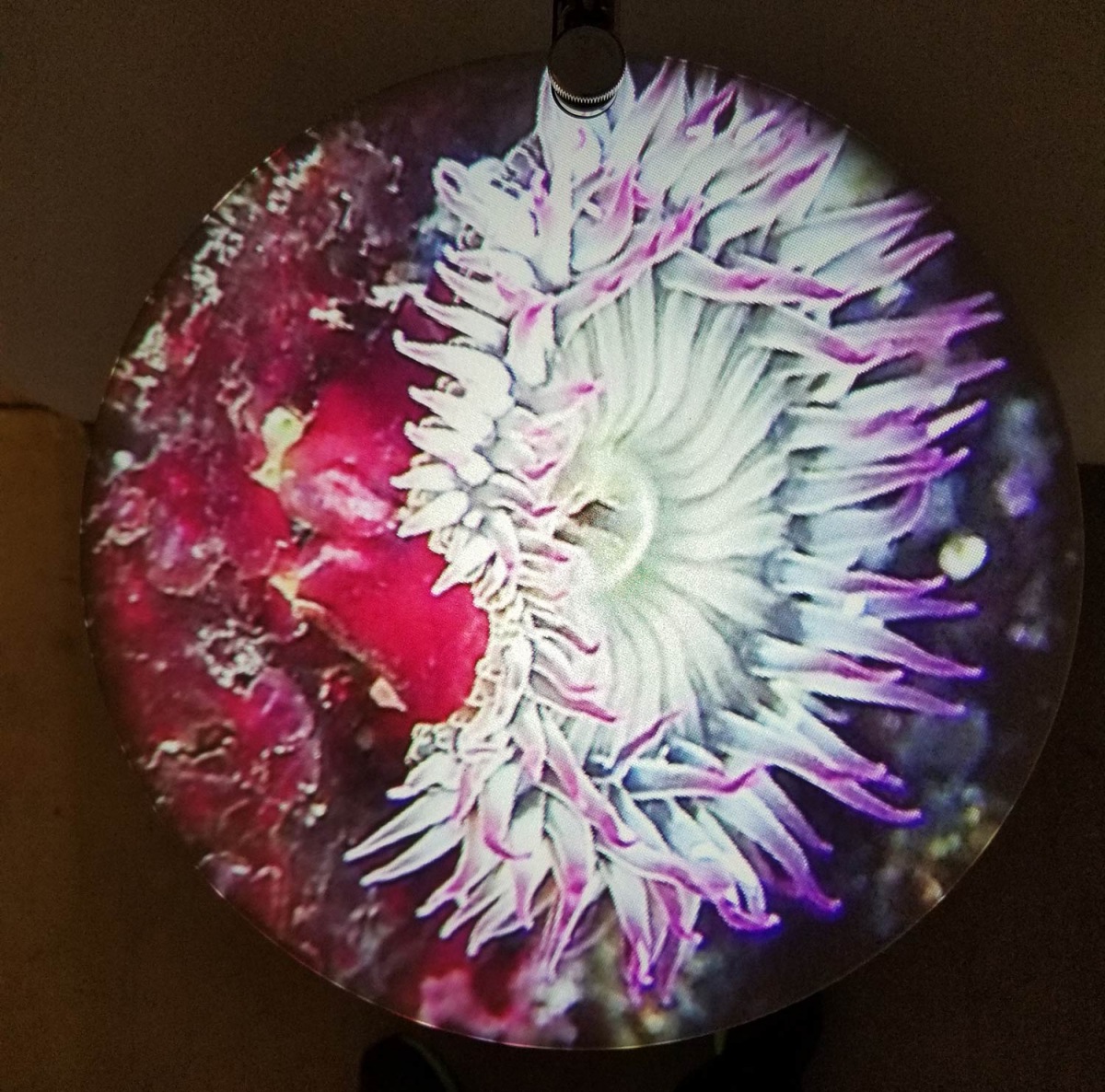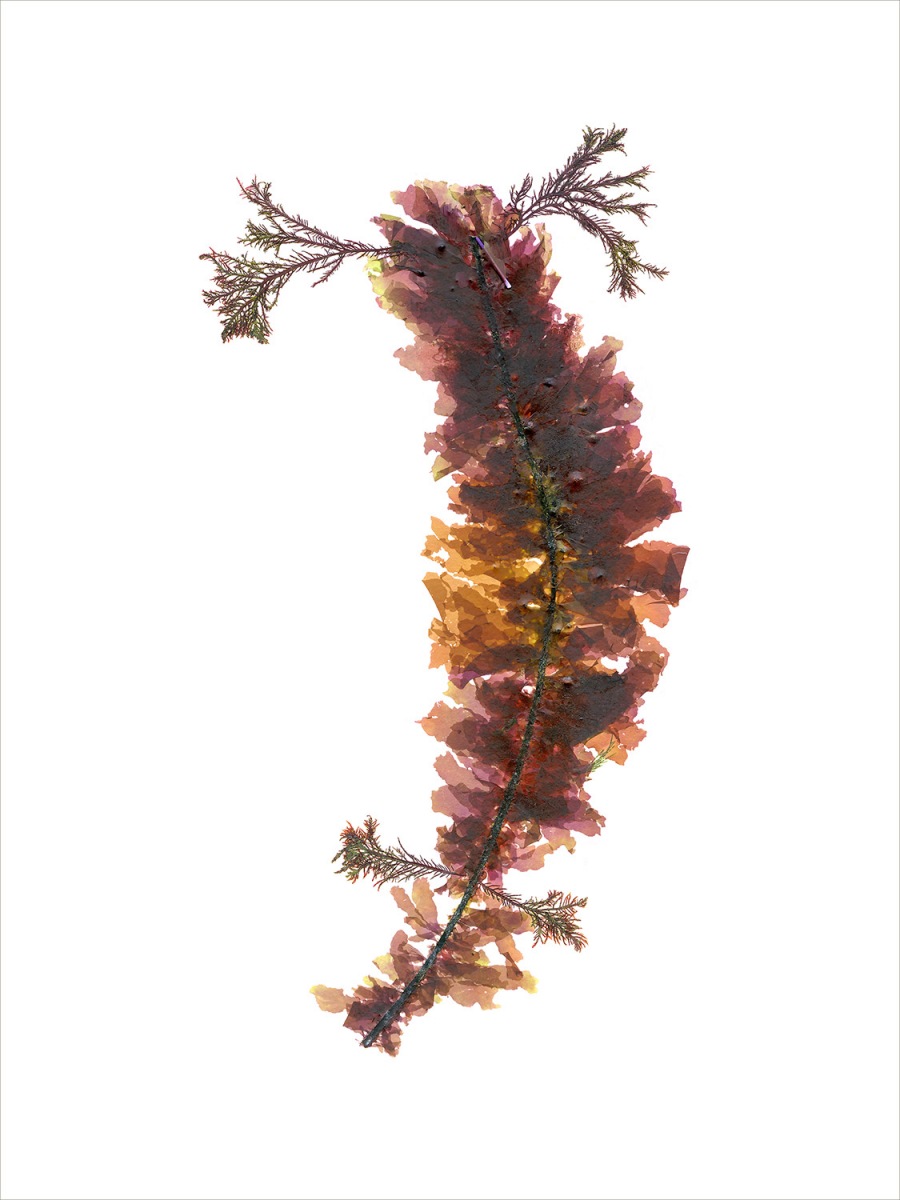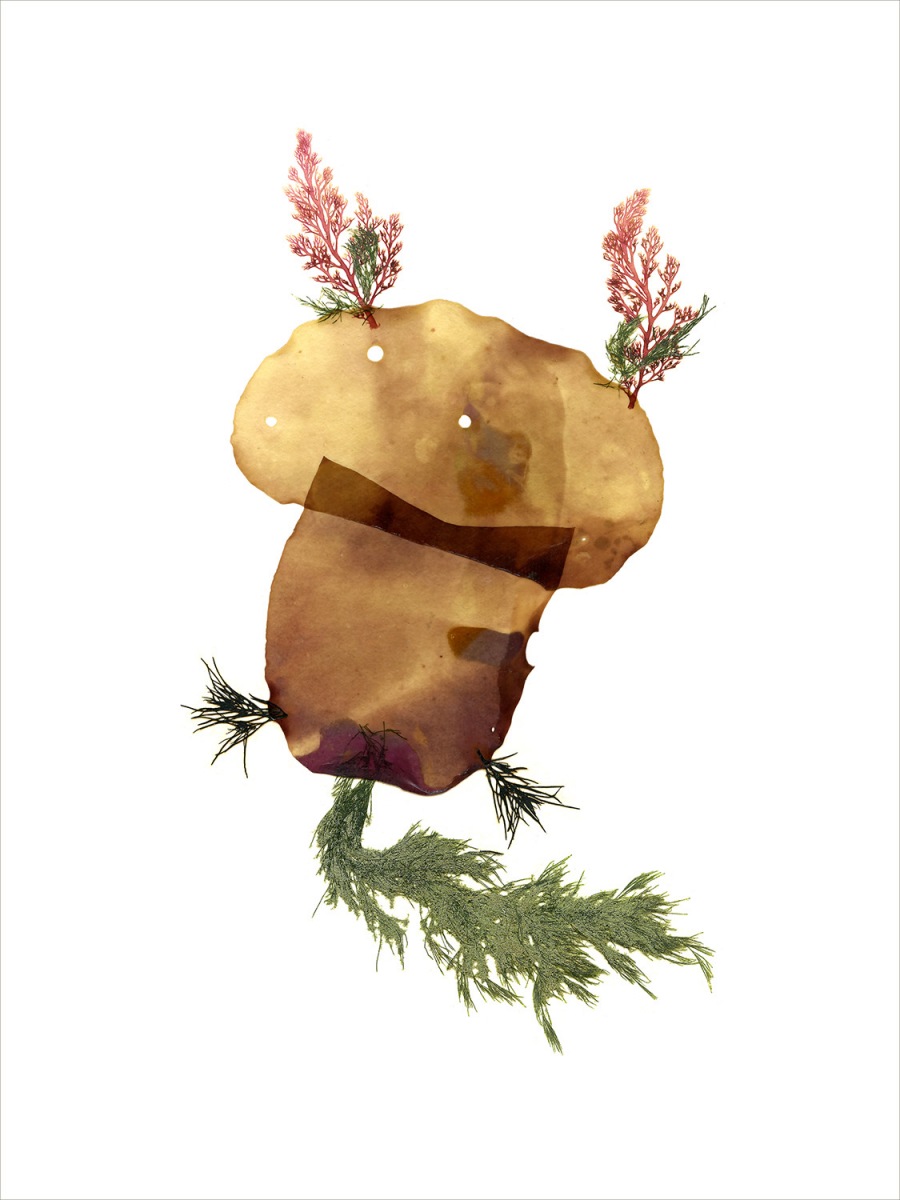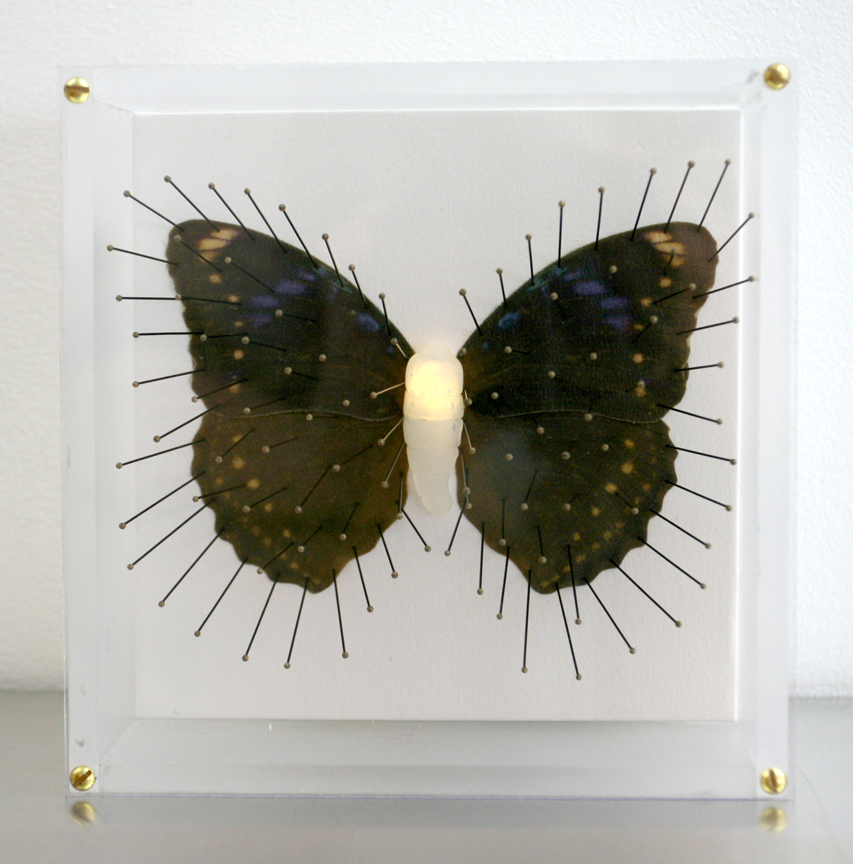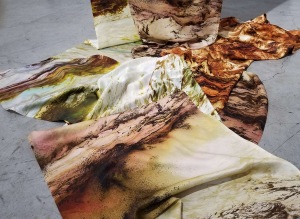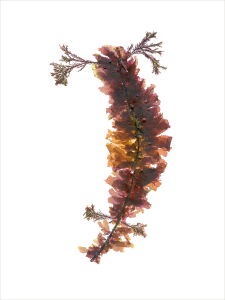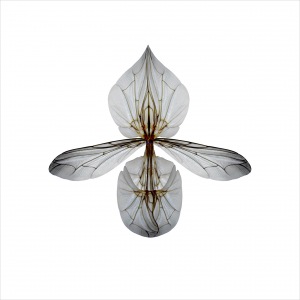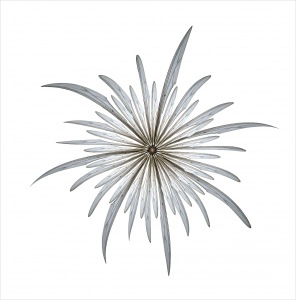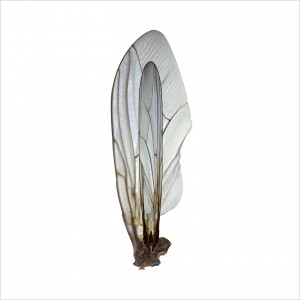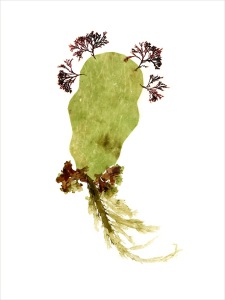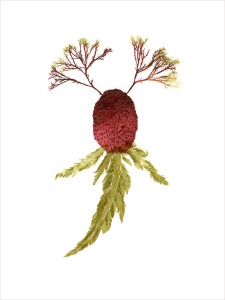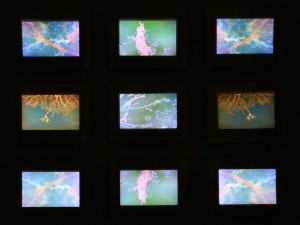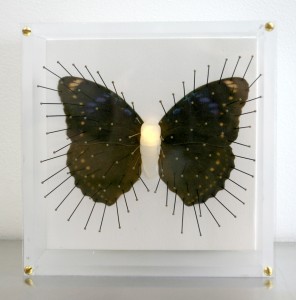Work
Videos
BIO
Gail Wight’s wit and humor usually suspend our disbelief with her elegant reformulations. The Spider and the Fly, Wight takes fly wings she collected from succumbed flies, and magnifies them many fold. She then composes exquisite botanical gardens that are breathtakingly complex. “Working primarily in sculpture, video, interactive media and print, I attempt to construct biological allegories that tease out the impacts of life sciences on the living: human, animal, and other. The interplay between art and biology, theories of evolution, cognition and the animal state-of-being are themes that have, over the last two decades, become central to my art.”
Wight’s continued interest in deep time manifested in earlier exhibitions where she created complex photographic mandalas from tiny rodent fossil remains, Ground Plane, 2012. With The Spider and the Fly, Wight expanded upon the fossil record creating future relics where flies became flowers. “The fossil record for insects dates back approximately 400 million years. Often, when I find an expired fly on my studio windowsill, Iʼm comforted by the knowledge that these small creatures will most likely be glancing their way around spider webs long after the human-centric environment outside my window has disappeared. Thereʼs a lovely concept in biology called “convergence”, which attempts to explain the emergence of similar characteristics among vastly different plants and animals. InThe Spider and the Fly, I toy with the visual manifestations of convergence, and hint at potential psychological similarities.”
Gail Wight is Professor in the Department of Art & Art History at Stanford University where she focuses on experimental media. Her work has been exhibited internationally in venues including: the Natural History Museum, London, UK; the National Art Museum of China, Beijing; Cornerhouse, Manchester, UK; and Foxy Productions, New York City, NY. Wightʼs art has been featured in: Art & Science Now by Stephen Wilson; Ingeborg Reichleʼs Kunst aus dem Labor and Art in the Age of Technoscience; Sherry Turkleʼs Evocative Objects; thing world: International Triennial of New Media Artedited by Zhang Ga and Fan Diʼan; and Bioart by William Myers as well as many other books and catalogs. Collections include: MoMA, Yale University, San Jose Museum of Art, Sevilleʼs Centro Andaluz de Arte Contemporaneo; Rene di Rosa Foundation; and Berkeley Art Museum among others. Wight was nominated as a Visionary Pioneer of Media Art by Ars Electronica in 2014.



